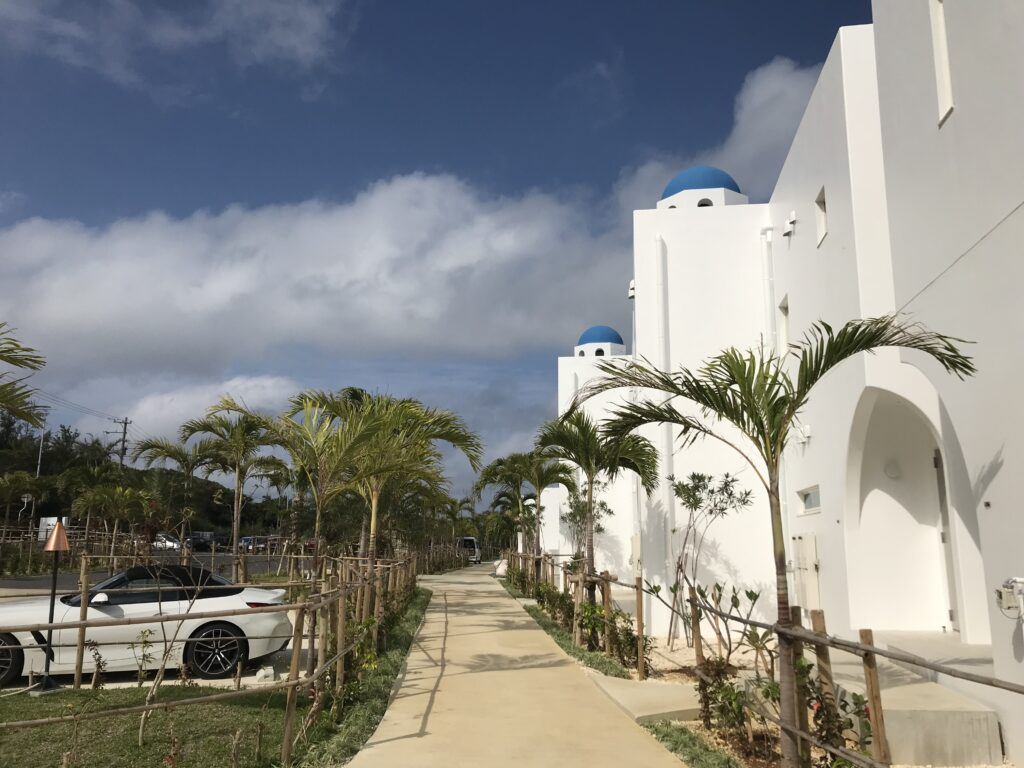
I. Introduction
- Brief overview of Okinawa and its significance
- Purpose of the content
II. History of Okinawa
- Overview of Okinawa’s history
- Ryukyu Kingdom
- Japanese colonization and World War II
- Post-war reconstruction and reversion to Japan
III. Travel Guide to Okinawa
- Overview of traveling to Okinawa
- Best times to visit
- Getting to Okinawa
- Accommodation options
- Transportation options
- Popular tourist destinations
- Off-the-beaten-path activities
IV. Okinawan Cuisine
- Overview of Okinawan cuisine
- Unique flavors and ingredients
- Popular dishes and drinks
- Recommended restaurants and food markets
V. Nature and Outdoor Activities in Okinawa
- Overview of Okinawa’s natural attractions
- Best beaches and islands to visit
- Snorkeling and diving spots
- Hiking trails and national parks
- Wildlife and marine life
VI. Okinawan Culture
- Overview of Okinawan culture
- Language and dialects
- Music and dance
- Traditional clothing and textiles
- Festivals and events
VII. US Military Presence in Okinawa
- Overview of the US military presence in Okinawa
- Historical context
- Current situation and controversies
- Impact on Okinawan society and culture
VIII. Conclusion
- Recap of key points
- Final thoughts on Okinawa’s uniqueness and appeal
- Call to action for further exploration
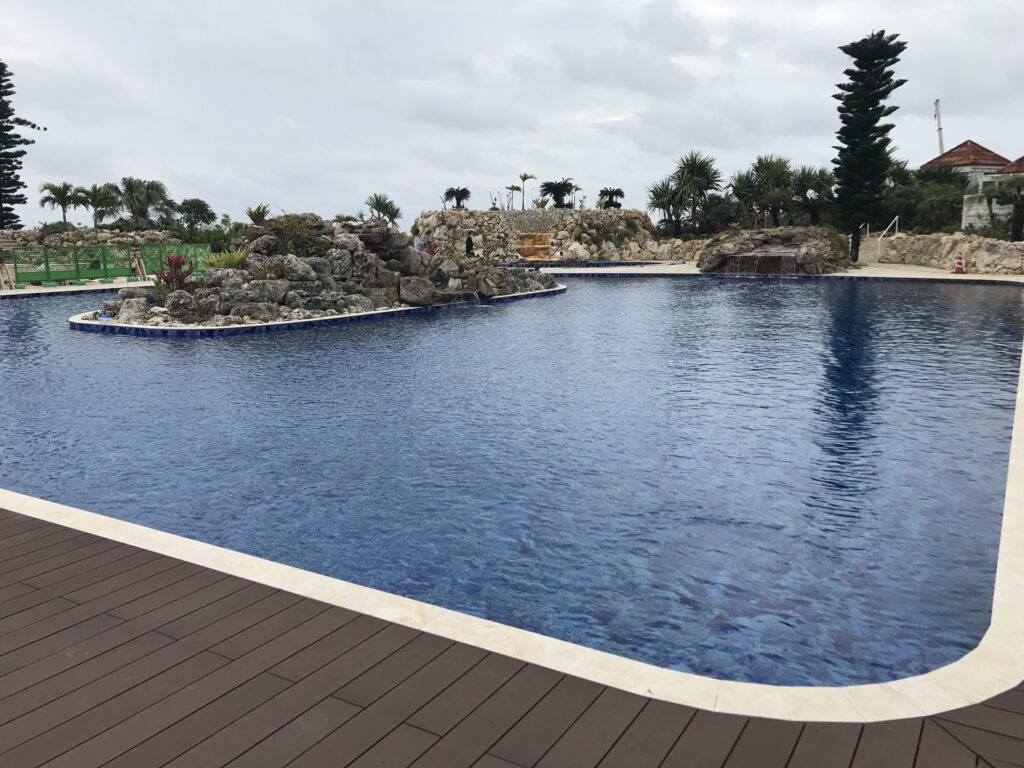
I. Introduction Okinawa is an island prefecture located in the southernmost part of Japan. It is known for its unique culture, stunning natural scenery, and rich history. This web content aims to provide readers with a comprehensive guide to Okinawa, including its history, culture, cuisine, outdoor activities, and more.
II. History of Okinawa Okinawa has a rich and complex history that dates back to the Ryukyu Kingdom, which flourished from the 15th to the 19th century. The kingdom was known for its thriving trade network and cultural exchange with China, Japan, and other neighboring countries. However, in the late 19th century, Japan annexed the Ryukyu Islands and incorporated them into its territory. During World War II, Okinawa became the site of one of the bloodiest battles in the Pacific, resulting in the deaths of tens of thousands of Okinawans and the destruction of much of the island’s infrastructure. After the war, Okinawa was placed under US military control until it was returned to Japan in 1972. Today, Okinawa is a thriving and modern prefecture, but it still bears the scars of its tumultuous past.
III. Travel Guide to Okinawa If you’re planning a trip to Okinawa, there are plenty of things to see and do. Some of the most popular tourist destinations include the historic Shuri Castle, the scenic Kerama Islands, and the picturesque beaches of Miyako Island. However, there are also plenty of off-the-beaten-path activities to discover, such as hiking through the Yanbaru Forest or exploring the coral reefs of the Okinawa Churaumi Aquarium. To make the most of your trip, it’s best to visit Okinawa during the spring or fall, when the weather is mild and the crowds are smaller. Getting to Okinawa is easy, with regular flights from major cities in Japan and Asia, and there are plenty of accommodation options to suit all budgets and preferences.
IV. Okinawan Cuisine One of the highlights of any trip to Okinawa is the food. Okinawan cuisine is a unique blend of Japanese, Chinese, and Southeast Asian flavors, with a focus on fresh ingredients and simple cooking techniques. Some of the most popular dishes include goya champuru, a stir-fry dish made with bitter melon, tofu, and pork; and umibudo, a type of seaweed that pops in your mouth like caviar. Okinawa is also famous for its alcoholic beverage, awamori, which is made from long-grain rice and aged in clay pots. Visitors can sample these dishes and drinks at local restaurants and food markets throughout Okinawa.
V. Nature and Outdoor Activities in Okinawa Okinawa is blessed with a beautiful natural environment that includes white sand beaches, crystal-clear waters, and lush forests. Some of the best outdoor activities in Okinawa include snorkeling and diving, hiking, and kayaking. Visitors can explore the coral reefs of the Kerama Islands, hike through the Yanbaru Forest, or take a sunset cruise along the coast of Miyako Island. There are also several national parks and protected areas throughout Okinawa that offer opportunities for wildlife viewing and nature photography.
VI, Okinawan Culture:
with a focus on instruments such as the sanshin, a three-stringed instrument similar to a banjo, and the taiko, a traditional Japanese drum. Some of the most popular Okinawan dances include the energetic Eisa dance, which is often performed during festivals, and the elegant Ryukyu dance, which dates back to the Ryukyu Kingdom era. Visitors can experience Okinawan culture firsthand by attending local festivals and events, such as the Naha Tug-of-War Festival, which is held annually in October and is recognized as one of the largest tug-of-war events in the world.
VII. US Military Presence in Okinawa Since the end of World War II, Okinawa has been home to a significant US military presence. This has been a contentious issue among Okinawans, with many residents expressing concerns about the impact on their daily lives and the environment. In recent years, there have been protests and demonstrations against the construction of new military facilities, as well as concerns about crime and noise pollution. However, there are also many Okinawans who support the US military presence, citing economic benefits and the need for security in the region.
VIII. Conclusion Okinawa is a unique and fascinating destination that offers visitors a glimpse into Japan’s rich history and culture. From its stunning natural scenery to its delicious cuisine and vibrant festivals, there is something for everyone in Okinawa. Whether you’re interested in exploring its history, immersing yourself in its culture, or simply relaxing on the beach, Okinawa is a must-visit destination that should be on every traveler’s list.
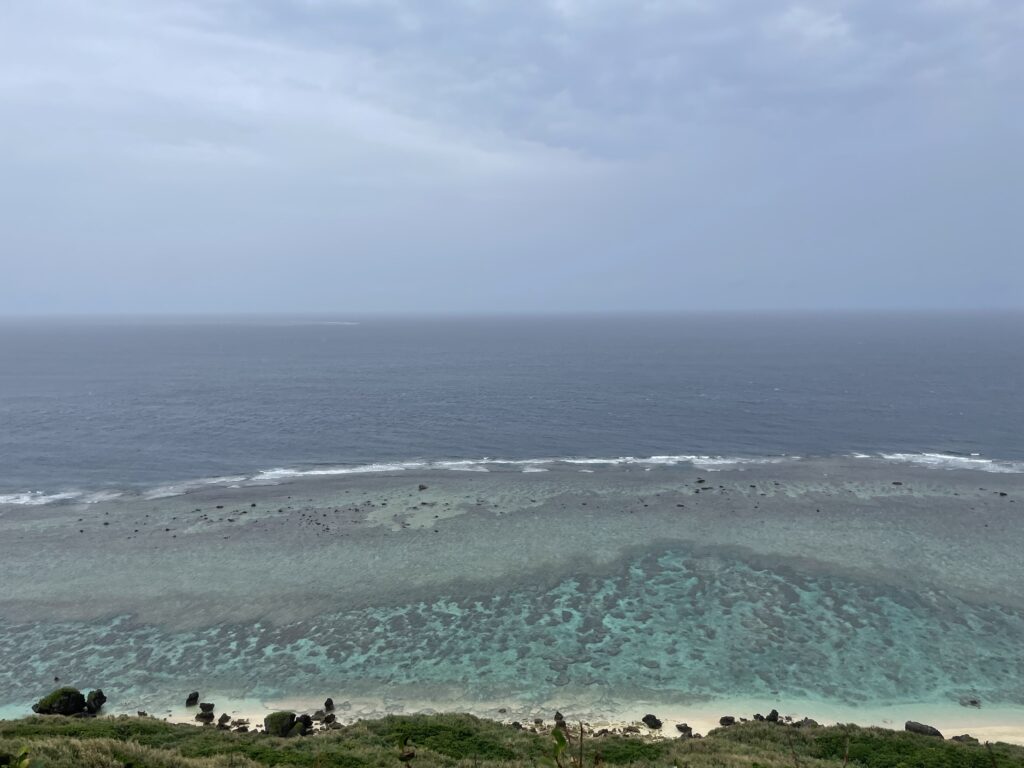
Q: What is Okinawa known for? A: Okinawa is known for its beautiful beaches, rich history and culture, and unique cuisine. It’s also home to a significant US military presence.
Q: What is the best time to visit Okinawa? A: The best time to visit Okinawa is during the spring (March to May) and fall (September to November), when the weather is mild and pleasant. Summers can be hot and humid, while winters can be cool and windy.
Q: What are the top tourist attractions in Okinawa? A: Some of the top tourist attractions in Okinawa include Shuri Castle, Kokusai-dori street, Churaumi Aquarium, and the Okinawa World theme park.
Q: What is Okinawan cuisine like? A: Okinawan cuisine is known for its healthy and flavorful dishes, which incorporate local ingredients such as seaweed, tofu, and bitter melon. Some popular Okinawan dishes include goya champuru (stir-fried bitter melon), Okinawa soba (noodle soup), and taco rice (a Tex-Mex inspired dish).
Q: Is Okinawa expensive to travel to? A: Okinawa can be expensive to travel to, especially during peak tourist seasons. However, there are budget-friendly options available, such as staying in hostels or guesthouses and eating at local eateries.
Q: What are some traditional Okinawan festivals? A: Some traditional Okinawan festivals include the Naha Tug-of-War Festival, the Okinawa Hari (rice harvest) Festival, and the Shurijo Castle Festival.
Q: What is the US military presence in Okinawa? A: Okinawa is home to a significant US military presence, which has been a contentious issue among locals due to concerns about the impact on their daily lives and the environment.
Q: Are there any off-the-beaten-path destinations to visit in Okinawa? A: Yes, there are several off-the-beaten-path destinations in Okinawa, such as the Yanbaru forest, the Yonaguni Monument, and the Kerama Islands.
Q: What are some outdoor activities to do in Okinawa? A: Okinawa offers a range of outdoor activities, including snorkeling, diving, hiking, and island hopping.
Q: How can I get around Okinawa? A: There are several transportation options available in Okinawa, including buses, taxis, and rental cars. Some of the smaller islands may require taking a ferry or water taxi.

article about the impressions of Okinawa that non-Japanese people have
Okinawa, a beautiful group of islands located south of Japan, has been a popular destination for both domestic and international travelers. While many Japanese people have visited Okinawa and formed their own impressions of the islands, non-Japanese people have also been drawn to this unique destination and have their own distinct perspectives on what makes Okinawa so special.
For many non-Japanese travelers, one of the most striking things about Okinawa is its natural beauty. The islands are home to some of the most stunning beaches in the world, with crystal-clear waters and white sand that beckon visitors to swim, snorkel, and sunbathe. The lush forests and mountains that cover much of Okinawa are also a sight to behold, offering opportunities for hiking, birdwatching, and exploring hidden waterfalls.
Another aspect of Okinawa that non-Japanese people often appreciate is its unique culture and history. Okinawa was an independent kingdom for centuries before it was annexed by Japan in the late 19th century, and it has retained many of its own traditions and customs. Visitors can experience this rich cultural heritage by visiting historic sites such as Shuri Castle and the Okinawa Prefectural Museum, or by attending festivals and events such as the Naha Tug-of-War Festival or the Eisa dance performance.
The food of Okinawa is also a major draw for many non-Japanese visitors. Okinawan cuisine is known for its healthful and flavorful dishes, which incorporate local ingredients such as tofu, seaweed, and bitter melon. Some popular Okinawan dishes include goya champuru (stir-fried bitter melon), Okinawa soba (noodle soup), and taco rice (a Tex-Mex inspired dish). Visitors can also sample local snacks and sweets such as sata andagi (deep-fried doughnuts) and shiikuwasa (a type of citrus fruit).
One thing that non-Japanese visitors may find surprising about Okinawa is its strong connection to the United States. Okinawa has been home to a significant US military presence since the end of World War II, and the impact of this presence can be seen and felt throughout the islands. Some visitors may appreciate the familiarity of American chain restaurants and stores, while others may be taken aback by the heavy military presence and the occasional protests by locals who oppose it.
Overall, the impressions that non-Japanese people have of Okinawa are varied and diverse, reflecting the many different experiences and perspectives that visitors bring with them. Whether it’s the natural beauty, the rich culture, the delicious food, or the complex history and politics of the islands, there is something about Okinawa that captivates and fascinates travelers from around the world.
In addition to the aforementioned points, there are a few other impressions of Okinawa that non-Japanese visitors may have. For example, some travelers may be drawn to Okinawa for its world-class diving opportunities. The islands are home to an incredible array of marine life, including sea turtles, manta rays, and colorful coral reefs, making it a paradise for scuba divers and snorkelers.
Another aspect of Okinawa that some visitors may appreciate is its slower pace of life and laid-back atmosphere. Compared to the hustle and bustle of Tokyo or Osaka, Okinawa can feel refreshingly relaxed and easygoing. Visitors can take their time exploring the islands, soaking up the sunshine, and enjoying the company of the friendly locals.
Finally, some non-Japanese visitors may be interested in Okinawa’s role in World War II, particularly the intense battle that took place on the island of Okinawa in 1945. Many travelers visit the Peace Memorial Park and Museum in Itoman to pay their respects to the thousands of soldiers and civilians who lost their lives in the conflict.
Overall, while everyone’s impressions of Okinawa may differ, there is no denying that the islands have a unique and compelling character that draws visitors from around the world. Whether you are interested in history, culture, nature, food, or simply relaxation, there is something in Okinawa for everyone to enjoy.
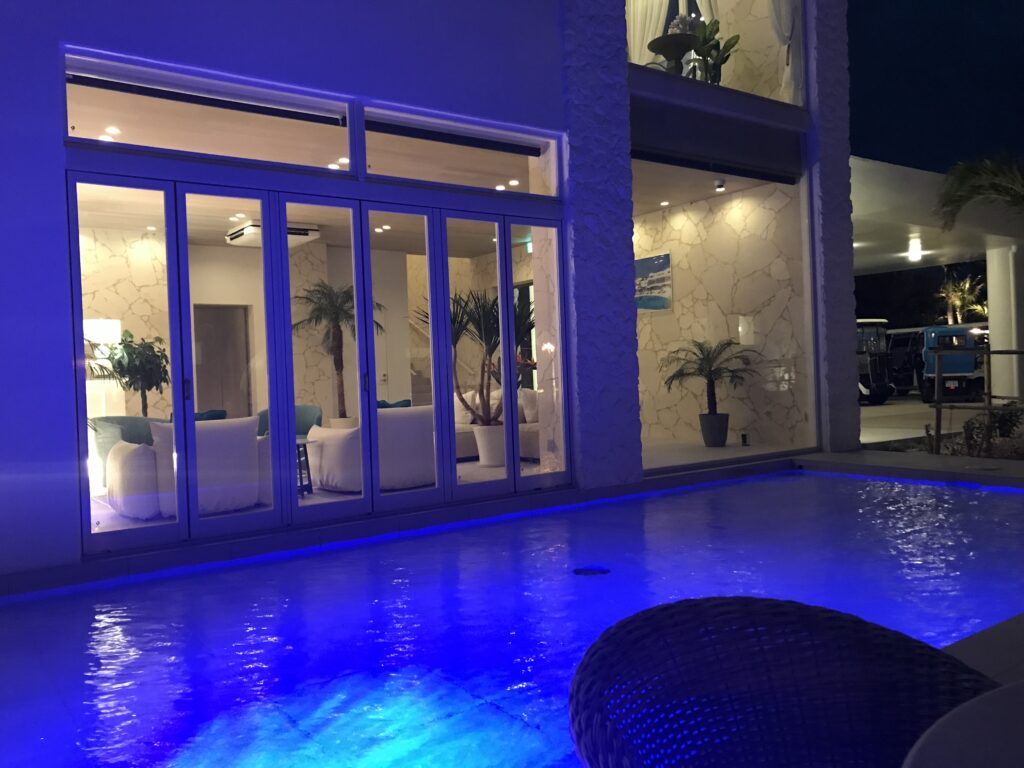
- Some visitors may be surprised by the strong influence of China and other neighboring countries on Okinawan culture. Due to its location at the crossroads of East Asia, Okinawa has a long history of trade and cultural exchange with China, Korea, and other countries in the region. Visitors can see evidence of this influence in the architecture, art, and cuisine of Okinawa.
- For those interested in outdoor activities, Okinawa offers a wealth of options beyond the beaches and mountains. Visitors can try their hand at sea kayaking, stand-up paddleboarding, parasailing, and more. Okinawa also has several golf courses, as well as opportunities for fishing and whale watching.
- Some non-Japanese visitors may find the language barrier to be a challenge when visiting Okinawa. While many locals speak at least some English, it can be helpful to learn a few basic Japanese phrases before your trip. Fortunately, Okinawan people are known for their warmth and hospitality, and many will go out of their way to help visitors feel welcome and comfortable.
- Finally, Okinawa has a reputation as one of the healthiest regions in the world, with a high life expectancy and low rates of chronic diseases. This is often attributed to the Okinawan diet, which is rich in vegetables, fish, and other healthful foods. Visitors may be interested in learning more about this diet and its benefits, or trying some of the local health foods and supplements that are popular in Okinawa.
- The traditional music and dance of Okinawa is a unique and fascinating aspect of the islands’ culture. Visitors may have the chance to see a live performance of traditional Okinawan music and dance, which often involves elaborate costumes, instruments such as the sanshin (a three-stringed instrument), and intricate choreography.
- Some non-Japanese visitors may find the contrast between the urban and rural areas of Okinawa to be striking. While the city of Naha is a bustling metropolis with high-rise buildings and busy streets, much of the rest of Okinawa is rural and agricultural. Visitors may enjoy exploring the countryside and seeing traditional Okinawan houses and farms, as well as the island’s stunning natural scenery.
- Okinawa has a strong connection to the United States due to its history as a U.S. military base. Some non-Japanese visitors may find it interesting to see the American influence on the island, from the presence of U.S. military personnel to the availability of American-style restaurants and shops. However, the military presence is also a controversial issue for many Okinawans, and visitors should be respectful of local opinions and concerns.
- Finally, some non-Japanese visitors may be drawn to Okinawa for its unique and quirky attractions, such as the Churaumi Aquarium (which features one of the largest tanks in the world), the Ryukyu Mura cultural theme park, and the Hedo Misaki (the northernmost point in Okinawa). These attractions offer a fun and memorable way to experience the distinctive character of Okinawa.
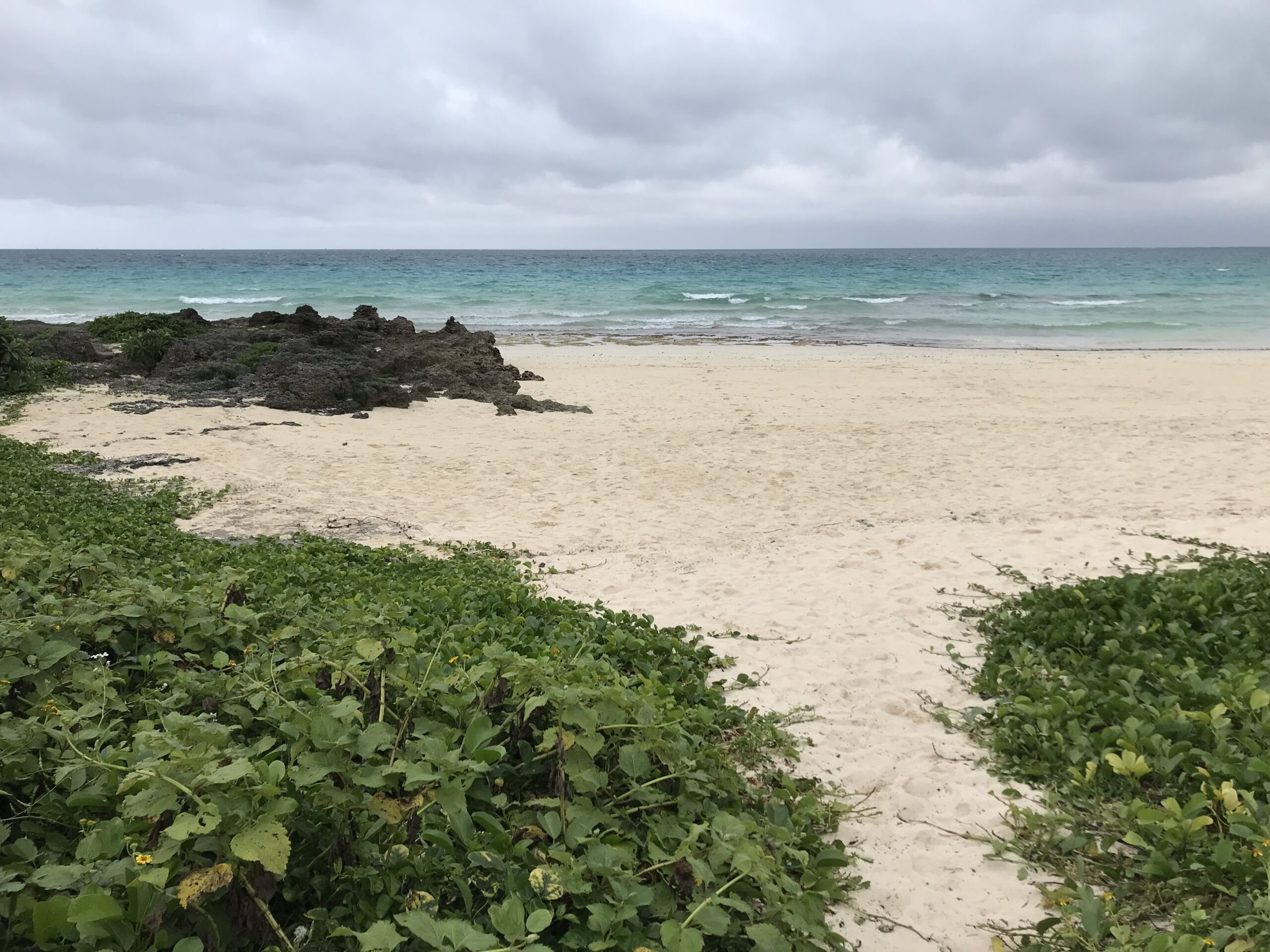


Comments